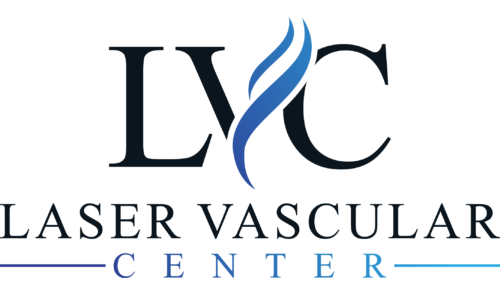Pelvic Congestion Syndrome
Although pelvic pain in women can be attributed to a wide range of causes, Pelvic Congestion Syndrome could be a possible answer. At Laser Vascular Center, our thorough examination and diagnostic process can help you determine whether Pelvic Congestion Syndrome is the root of your chronic back and abdominal pain.
What is Pelvic Congestion Syndrome?
It is estimated that one-third of women experience pelvic pain in their lower back and lower abdomen areas throughout their lifetimes. Advances in technology and diagnostics have now determined that this could potentially be caused by Pelvic Congestion Syndrome – varicose veins in the ovaries and uterus.
This condition is hard to detect is often missed during pelvic exams due to the veins deflating once the patient lays down on the examination table. Varicose veins in the pelvic area are caused the same way as they are throughout the rest of the body – by venous deficiency that causes blood to pool in the veins, which then stretch and bulge, resulting in varicose veins.
Signs that you may be experiencing Pelvic Congestion Syndrome include:
- Lower back and abdominal pain during menstruation, following intercourse, when you’re tired or standing up at the end of the day, and during pregnancy.
- Abnormal menstrual bleeding
- Vaginal discharge
- Varicose veins on the vulva, buttocks or thighs
- Irritable bladder
Risk factors that can make women more susceptible to developing Pelvic Congestion Syndrome:
- Having two or more pregnancies.
- A tipped or retroverted uterus
- Polycystic Ovarian Syndrome
- Hormonal obnormalities
How is Pelvic Congestion Syndrome Treated?
This painful condition can be treated with a safe, minimally-invasive procedure called ovarian vein embolization. Using x-ray technology and a contrast dye, the affected veins are visualized, and a small, thin catheter is inserted into a blood vessel and passed through to the damaged veins. A synthetic agent or medication is then dispersed from the catheter, clotting the blood and permanently sealing the faulty veins.
Discover key benefits of
Ovarian Vein Embolization
Minimally Invasive
This procedure only requires a very small incision
Short Recovery Time
Recovery is typically just 7 to 14 days
Control Bleeding
Embolization is a highly effective way of controlling bleeding, especially in an emergency situation.
Minimally Invasive
This procedure only requires a very small incision
Short Recovery Time
Recovery is typically just 7 to 14 days
Control Bleeding
Embolization is a highly effective way of controlling bleeding, especially in an emergency situation.
What is the recovery like?
Treating Pelvic Congestion Syndrome is a simple, efficient process that results in improvement in up to 95 percent of women. Experiencing discomfort after the procedure is common and is typically controlled through prescribed medication. Depending on your individual healing process, most patients completely return to normal activities within a week.







